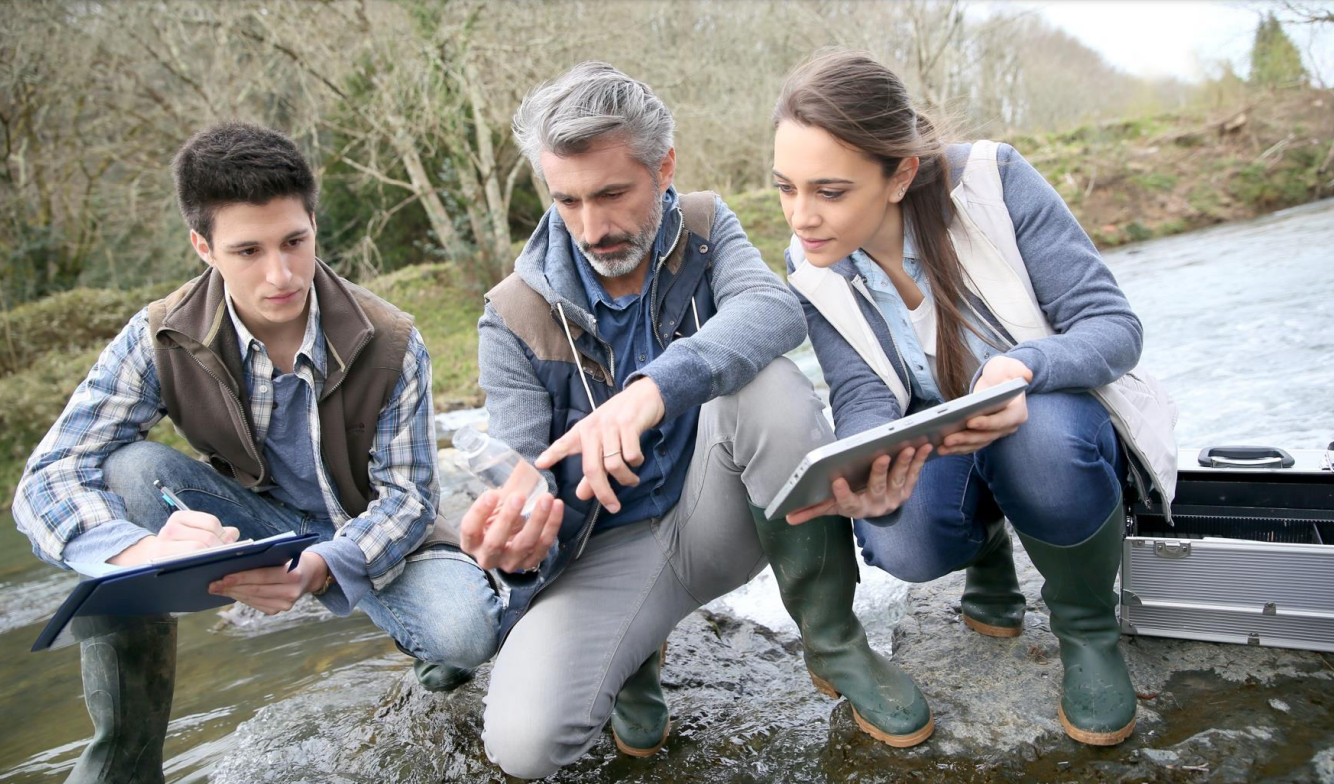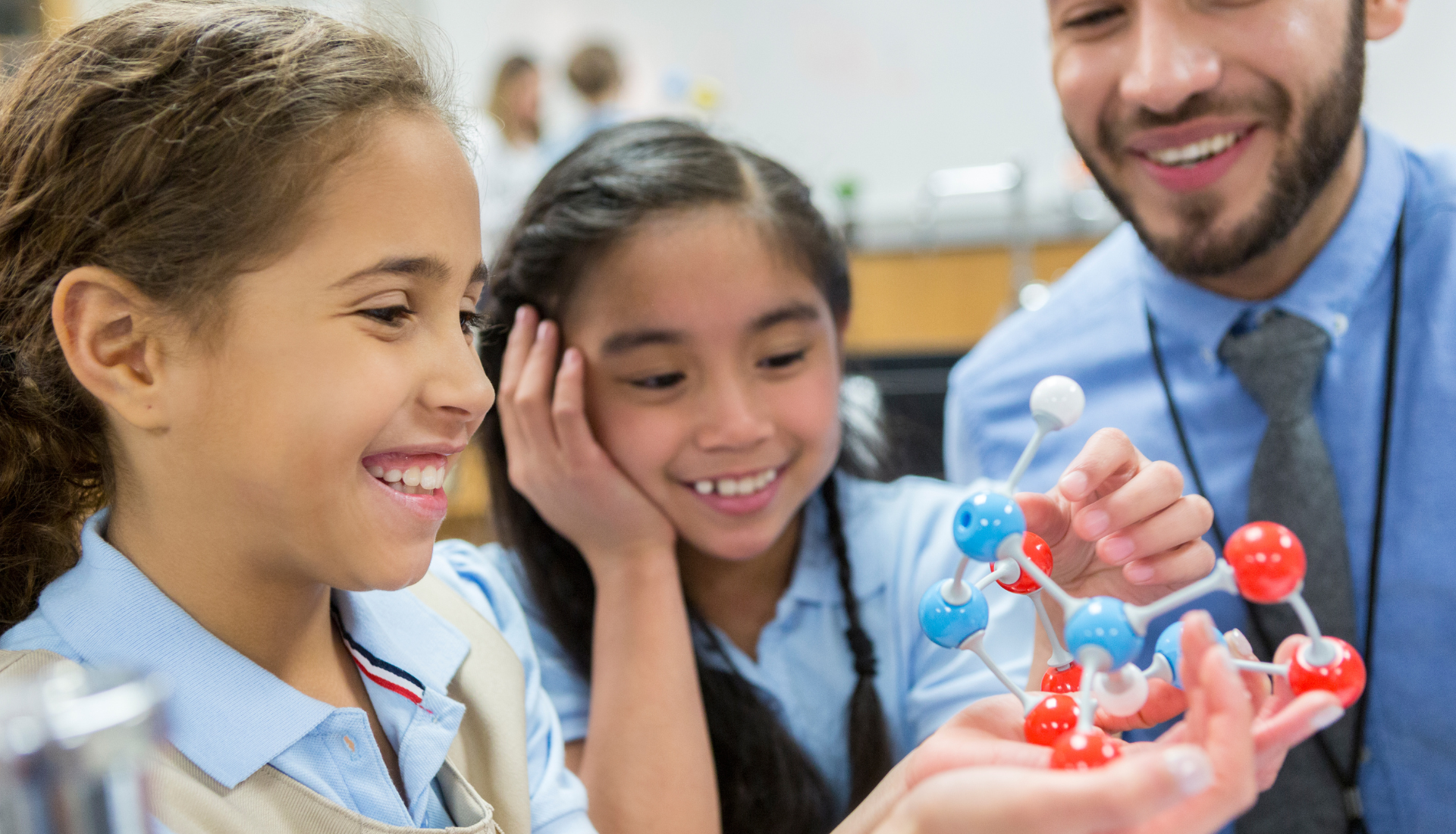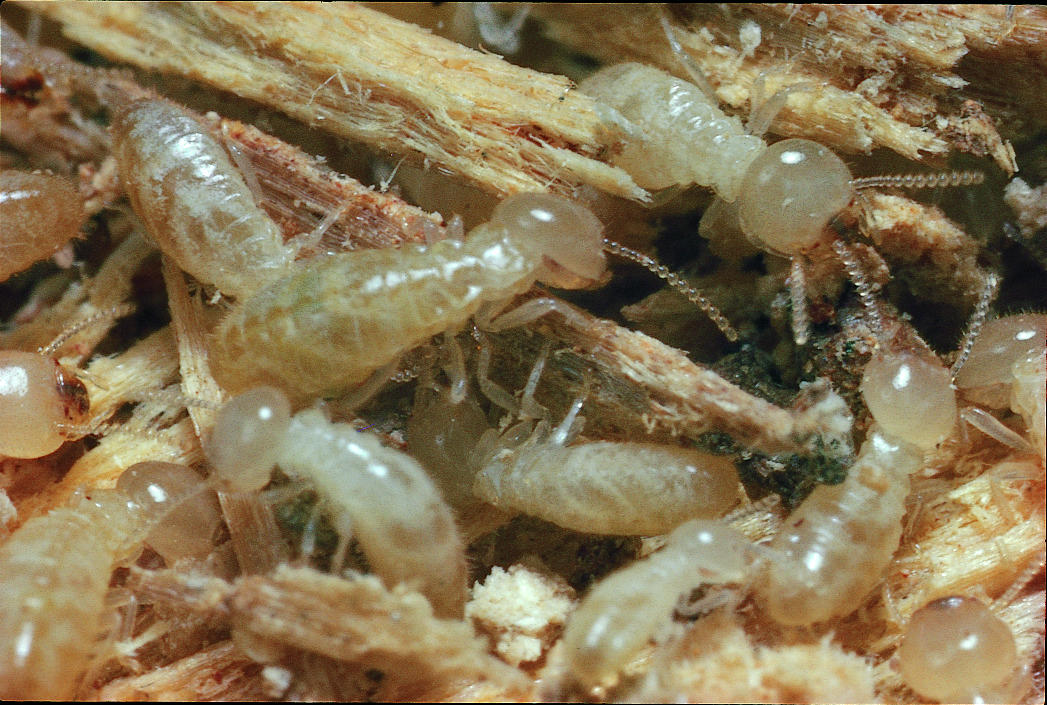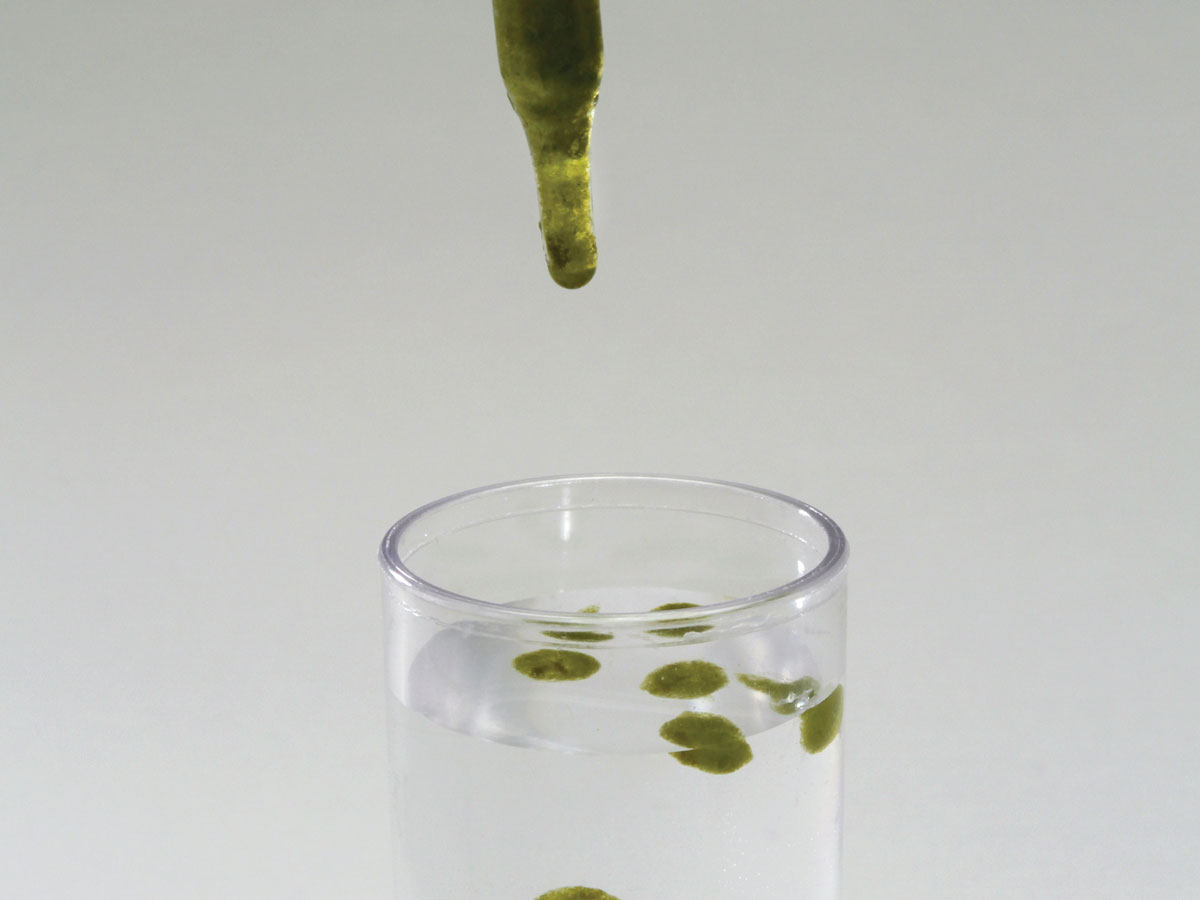Life in a Living Pond

Workshop Resources Life Science K-5 Elementary School Inspire curiosity by examining pond water! Observe freshwater organisms feeding patterns and reproduction firsthand while exploring microbial diversity. These activities will build an understanding of ecosystems and provide phenomena that connects with biology and nature. Download Presentation Download Handouts
Building Confidence Using CRISPR with Biotechnical Lab Skills

Workshop Resources Life Science 9-12 High School Join leading scientists from a one-of-a-kind research institute as they dive deep into a CRISPR gene editing experiment from their educational kit. CRISPR in a Box can be integrated into high school and college classes. Get ready to master skills used in a cancer research lab! Download Presentation […]
Exploring OpenSciEd Elementary from Carolina

Workshop Resources Physical Science K-5 Elementary School All expertly designed units meet NGSS standards and allow flexibility for a customized curriculum. Unit offerings will include teacher’s guides, high-quality instructional materials, professional development, digital resources, and management tools for forms, assignments, grading, video support, and more! Download Presentation Download Handout Download Kick Mat Learn More About […]
Smithsonian Science for the Classroom: A Force to Be Reckoned With: Using Hands-On and Literacy to Build Elementary Students’ Understanding of Forces

Workshop Resources Physical Science 6-8 Middle School Join our interactive science workshop where literacy meets exploration! Immerse yourself in a world of discovery as we blend scientific concepts with the power of language. Through engaging activities see how to unravel the wonders of science but also enhance literacy skills. Download Presentation Download Grade K Handouts […]
The Case of The Murdered Mayor – Solve a Forensic Case Using Multiple Lines of Evidence

Workshop Resources Physical Science 6-12 Middle / High School Assume the role of a crime scene investigator to solve a realistic crime scenario. Students use fingerprint, hair analysis, tire track impressions, blood typing, forensic entomology, and a police log review to identify a primary suspect from a pool of 6 alleged perpetrators. Download Presentation Download […]
Modeling DNA to Protein: Go Hands on with Protein Synthesis and Mutation

Workshop Resources Life Science 6-12 Middle / High School Teach protein synthesis using reusable magnetic manipulatives to model the flow of information through DNA translation and transcription. Visualize each step of the process and apply their models to a region on the beta-hemoglobin gene and the mutation associated with sickle-cell disease. Download Presentation Shop Biotechnology
Featured Creatures

Workshop Resources Life Science K-8 Elementary / Middle School Add excitement to your class with live organisms! Explore how organisms find food and interact. Discuss how these two hands-on activities can be applied to younger students: How creatures find food, and to older students: Social behavior and inter-species interactions. Download Presentation Download Handout Shop Living […]
Photosynthesis and Cellular Respiration: Teaching Common Biology Concepts with Alginate Beads

Workshop Resources Life Science 9-12 High School Participants will make and use alginate beads containing algae and alginate beads containing yeast. They will learn how the beads can be used to model the processes of photosynthesis and cellular respiration. Download Presentation Shop Carolina Science Kits
Earth and Space Science: Using Models to Teach Climate Change and the Big Bang Theory

Workshop Resources Earth and Space Science 9-12 High School Participants will examine how models can be used to drive understanding of complex concepts. Tree ring data will be used as an example of a line of evidence to support climate models and a balloon model will be used to support universe expansion. Download Presentation Download […]
Journey Through the Heart

Workshop Resources Life Science 6-12 Middle / High School Take a tour through the mammalian heart and trace the path of a blood cell on its journey to oxygenation. Participants take blood pressure readings. Then dissect a preserved sheep heart to model blood flow and connect BP to heart anatomy. Don’t skip a beat – […]
